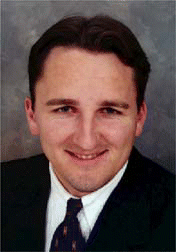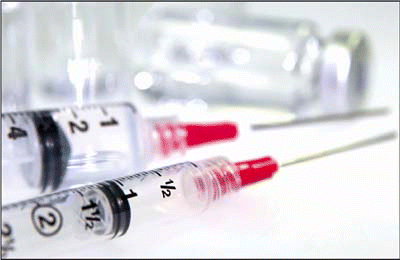Our injection technique is different from most laryngologists, in that it is performed using a percutaneous approach with electromyography [EMG] and flexible fiberoptic videolaryngoscopy for guidance to assure the precision of injection, said the study’s lead author, Paul K. Holden, MD, of the Department of Otolaryngology-Head and Neck Surgery.
Explore This Issue
December 2007 Dose depends on the technique used, the type of laryngeal dystonia, and the muscles injected. The initial dose is just a starting point and modifications are made at each subsequent visit based on the patient’s previous response.
Dose depends on the technique used, the type of laryngeal dystonia, and the muscles injected. The initial dose is just a starting point and modifications are made at each subsequent visit based on the patient’s previous response.
-Paul K. Holden, MD
The average total dose of BTX to the larynx for each treatment episode was 3.9 units (range 1.5-7.5). The total dose administered tended to trend downward among patients who began treatment from 1991 to 1998, indicating that the initial dose (usually 2.5 units per side) was often greater than required. Those patients who began from 1999 onward had a more stable dose, indicating that the initial dose (usually 1.5 units per side) was more suitable and improved dosing stability. Subjects underwent an average of 2.2 injections (range 1-5) prior to reaching their optimal BTX dose, defined as the total quantity of BTX injected into the larynx that produced voice quality acceptable to the patient for a minimum duration of three months.6

Greater dose stability is achieved earlier with a smaller initial dose of 1.5 units per side in patients with ADSD, said Dr. Holden. This may also decrease the number of injections required to ascertain a patient’s optimal dose. Dose also depends on the technique used, the type of laryngeal dystonia, and the muscles injected. The initial dose is just a starting point and modifications are made at each subsequent visit based on the patient’s previous response.
Perhaps of equal importance to dose stability is the stability of injection interval, added Dr. Holden. Our study population demonstrates normal variability between injections without any indication of significant and sustained shortening or prolongation.
The total number of treatments performed in this group of patients was 150, with 145 being successful (96.7%). The long-term dosing consistency of BTX (both the dose of BTX to be administered and the interval between injections) confirmed that neither tachyphylaxis (resistance to the effects of the BTX) nor increasing sensitivity to BTX occurred during the course of treatment for ADSD.7
Leave a Reply